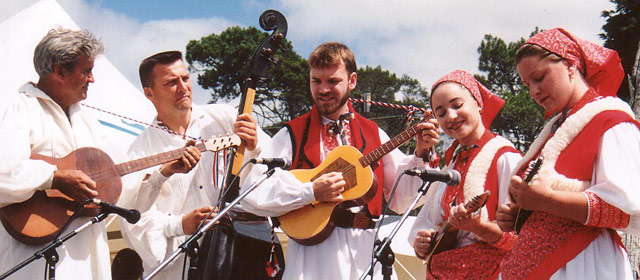Story summary
The gum diggers
From the 1890s, in the wake of their countrymen seeking gold, Dalmatians banded together in the gumfields of the far north. Their new home – mānuka huts with sacking. Their work was to dig in mud: the prized kauri gum lay buried, often under waterlogged land. It was in demand for varnish and linoleum until the 1930s, when synthetics appeared. Thousands of Dalmatians came out to New Zealand, but after such hardship, many returned home.
Farmers, winemakers, fishermen
In time, the land offered a better life. Some diggers became farmers in the north. Others started vineyards, and today you’ll find their names on wine labels: Babich, Nobilo, Delegat. From early days netting mullet in Kaipara Harbour, fishing became a tradition too.
Later immigrants
Others came in the 1920s and 1930s, and over 3,000 arrived between the 1940s and 1970s. In the 1990s there was a larger wave of immigrants, fleeing the turmoil of the wars in the Balkans.
Racism
Prejudice and ignorance hounded the Dalmatians for many years. Harsh rules that favoured the British made it increasingly difficult for them to dig for gum. During the First World War they were mistakenly called ‘Austrians’ and treated as enemies. Their wine was scorned as ‘Dally-plonk’. But Māori accepted them nicknaming them ‘tarara’.
Culture
Group loyalty kept the gum diggers strong, and proud of their heritage. They even taught some Māori to play the stringed tamburica. As relatives came out to join them, communities in Northland and Auckland grew. It became easier to celebrate their customs: Catholic festivals, playing bowls, singing, and joining in a circle for the lively kolo dance.





